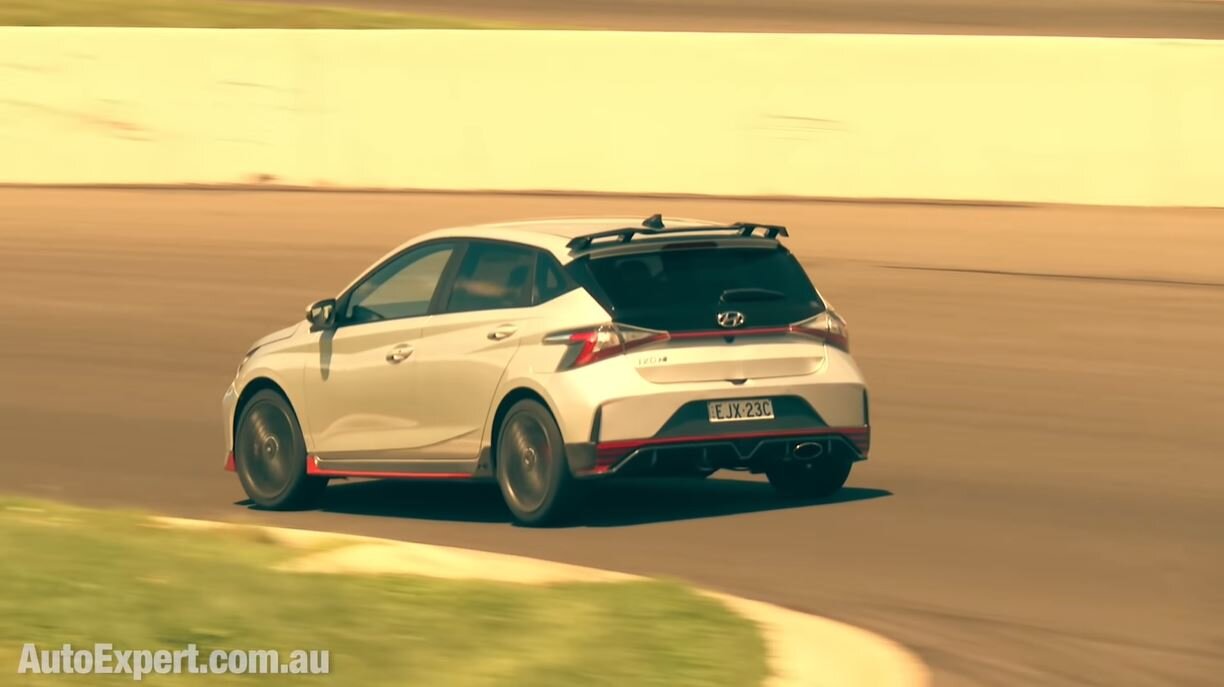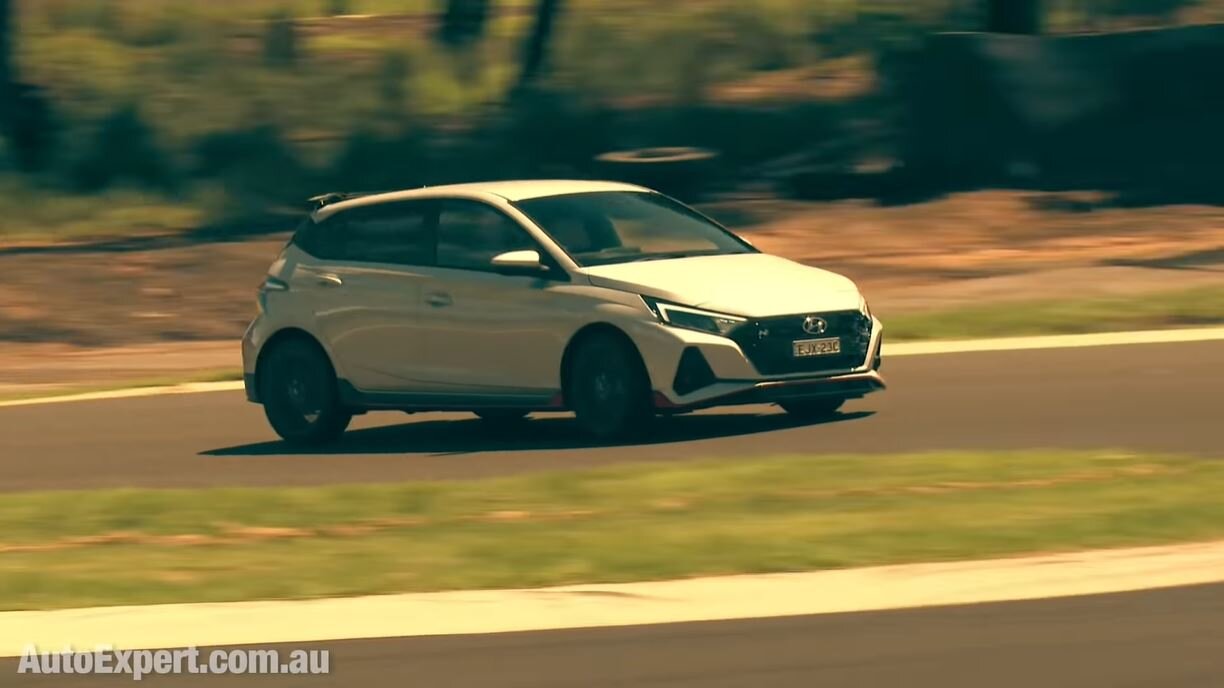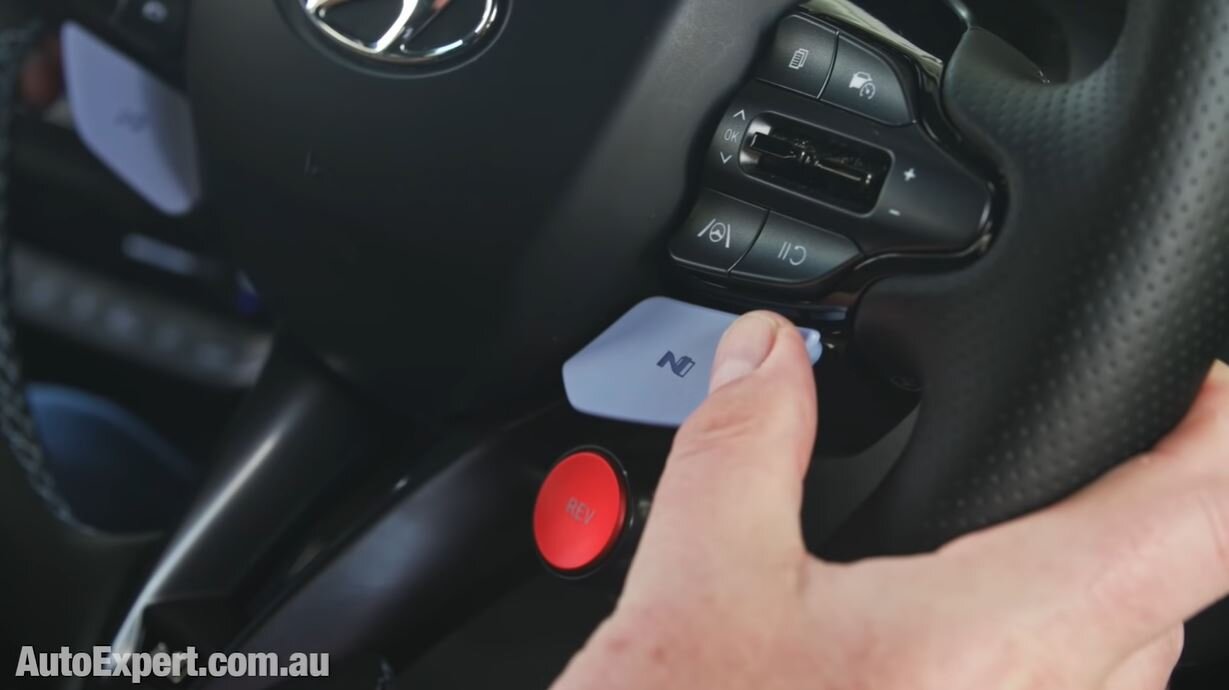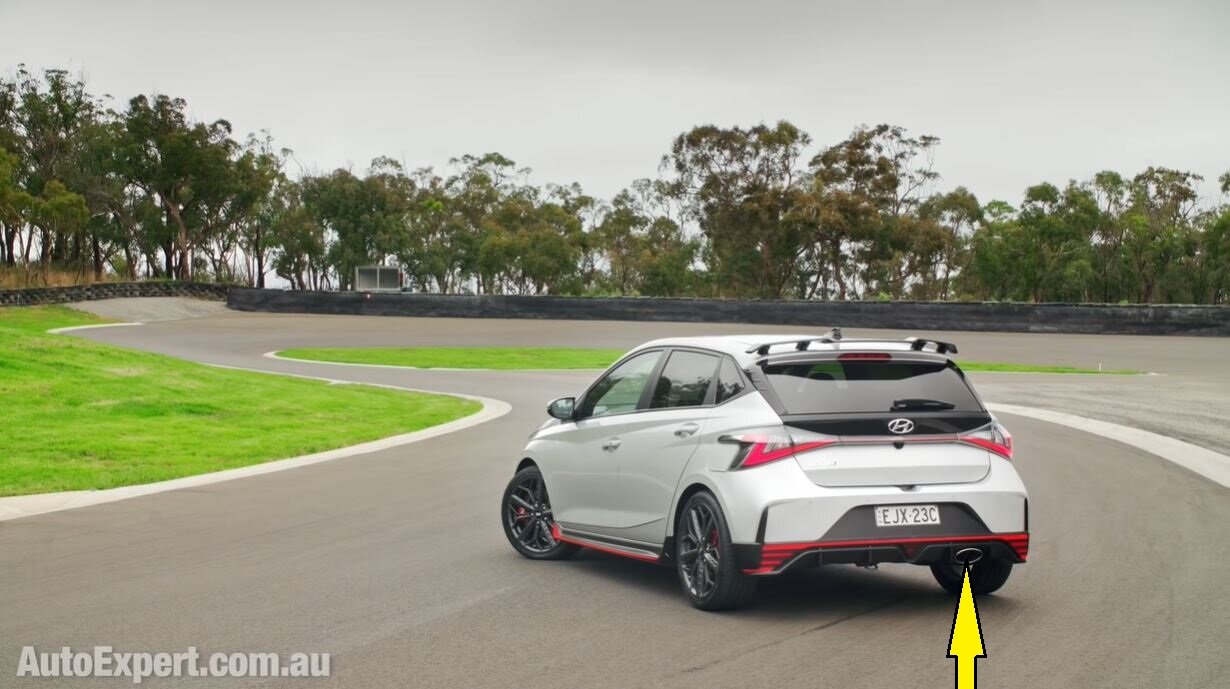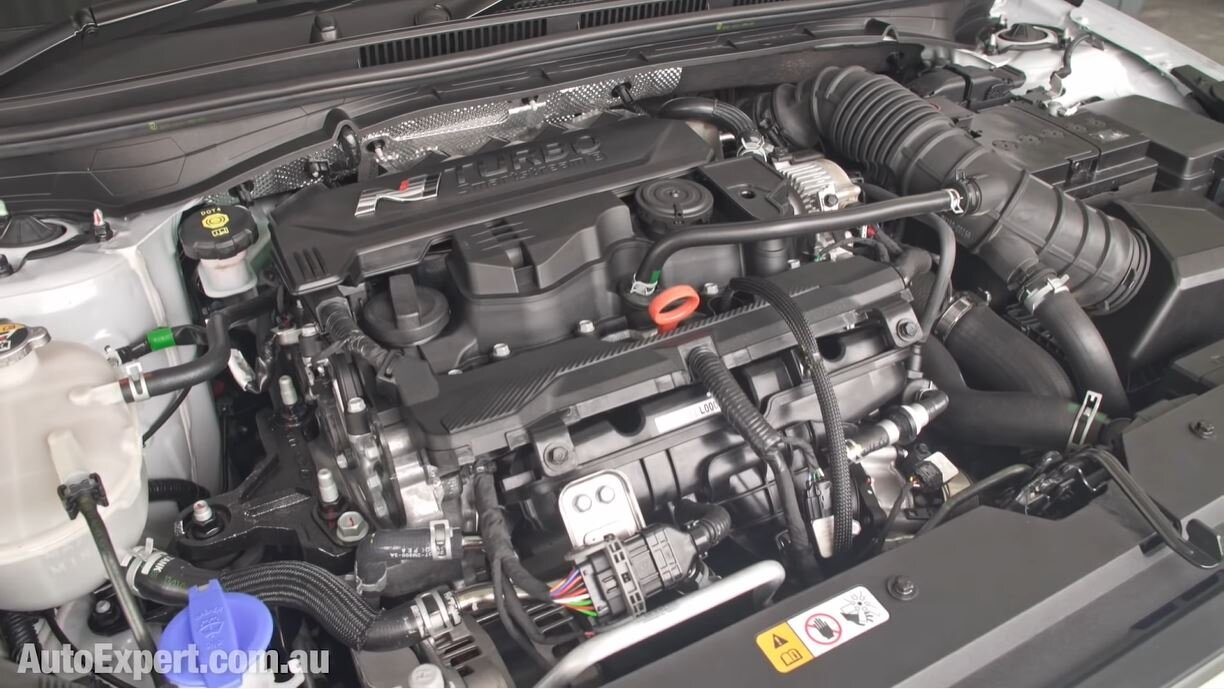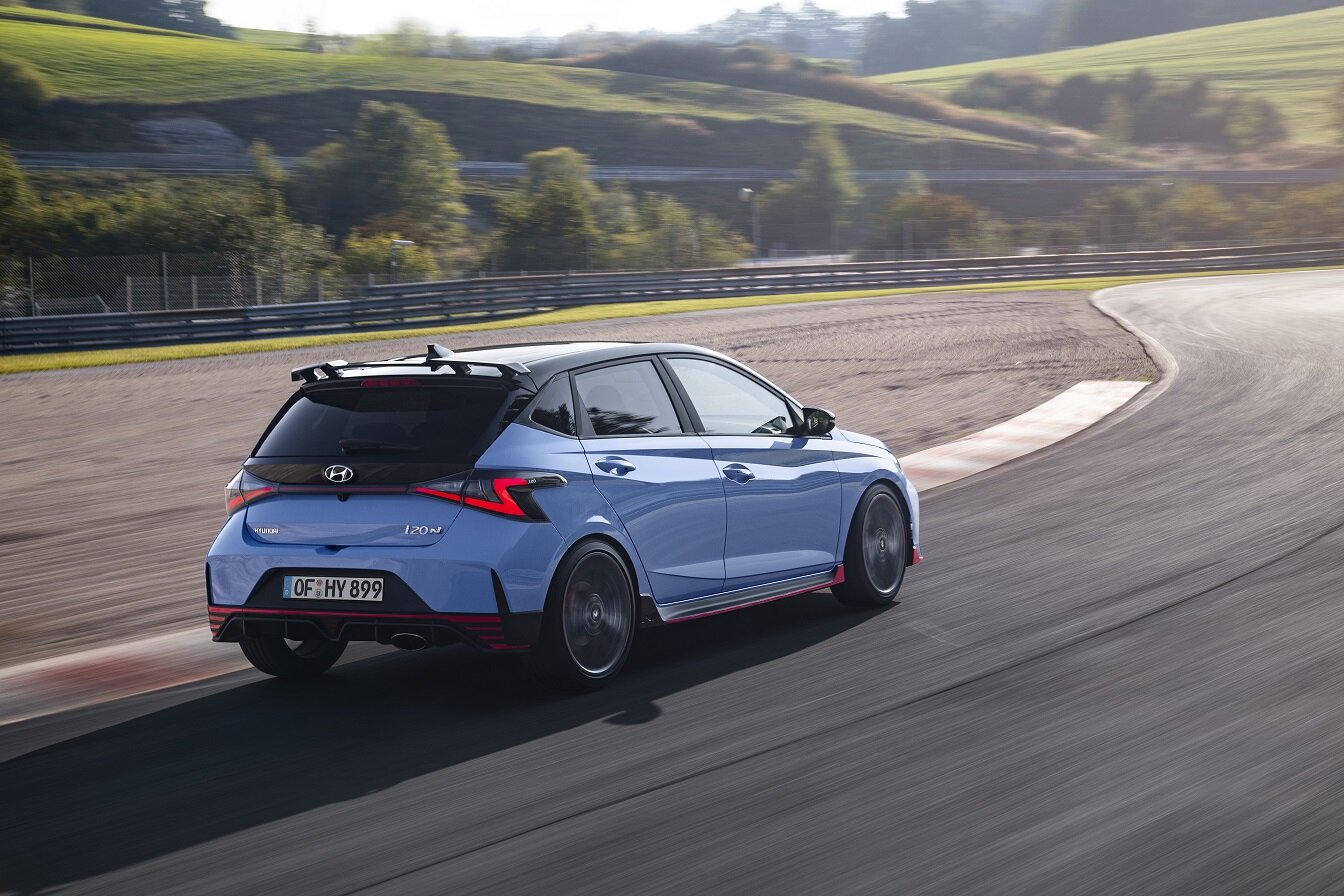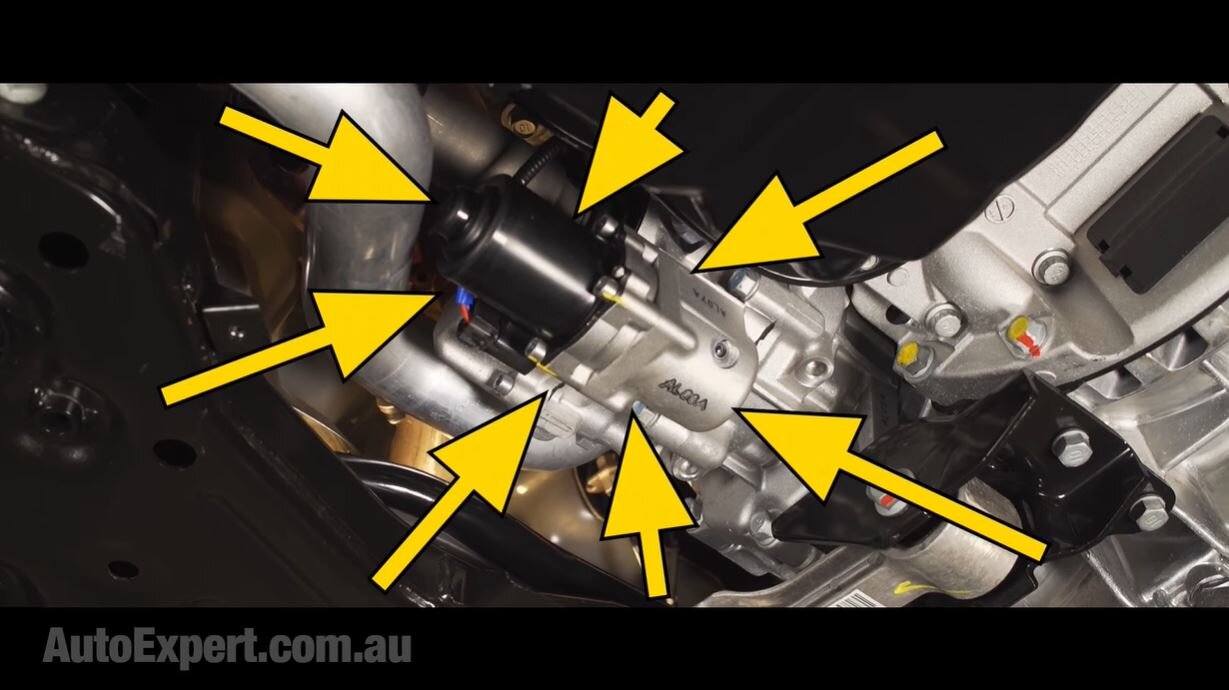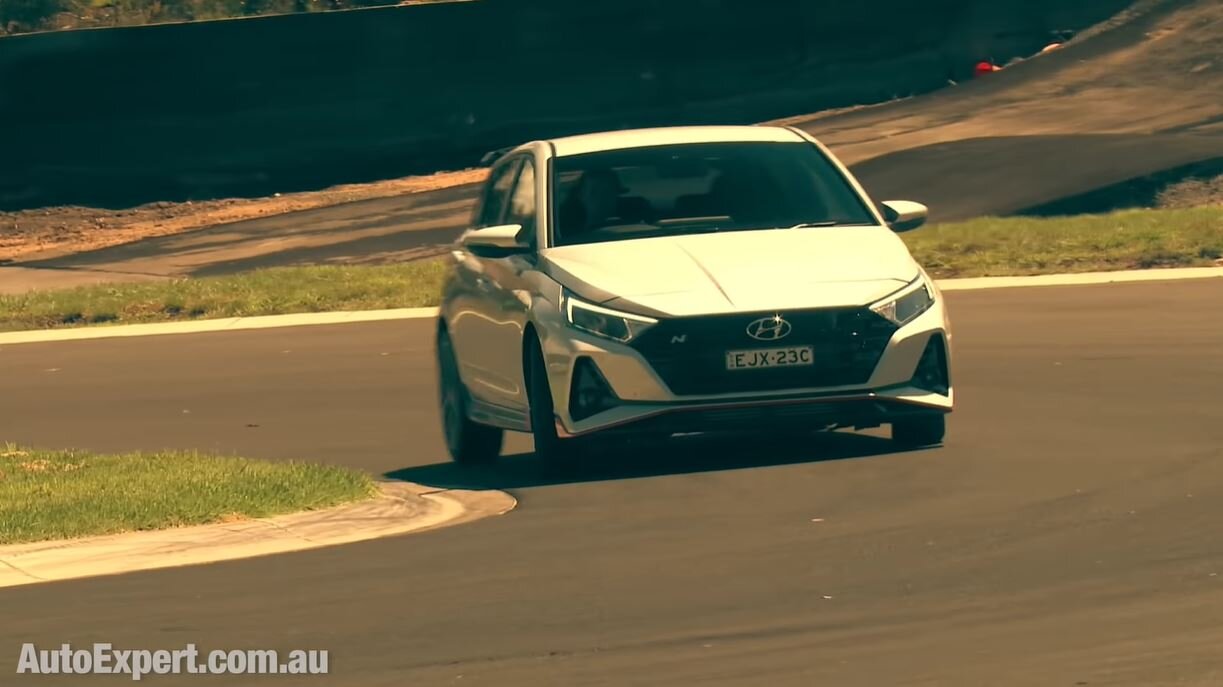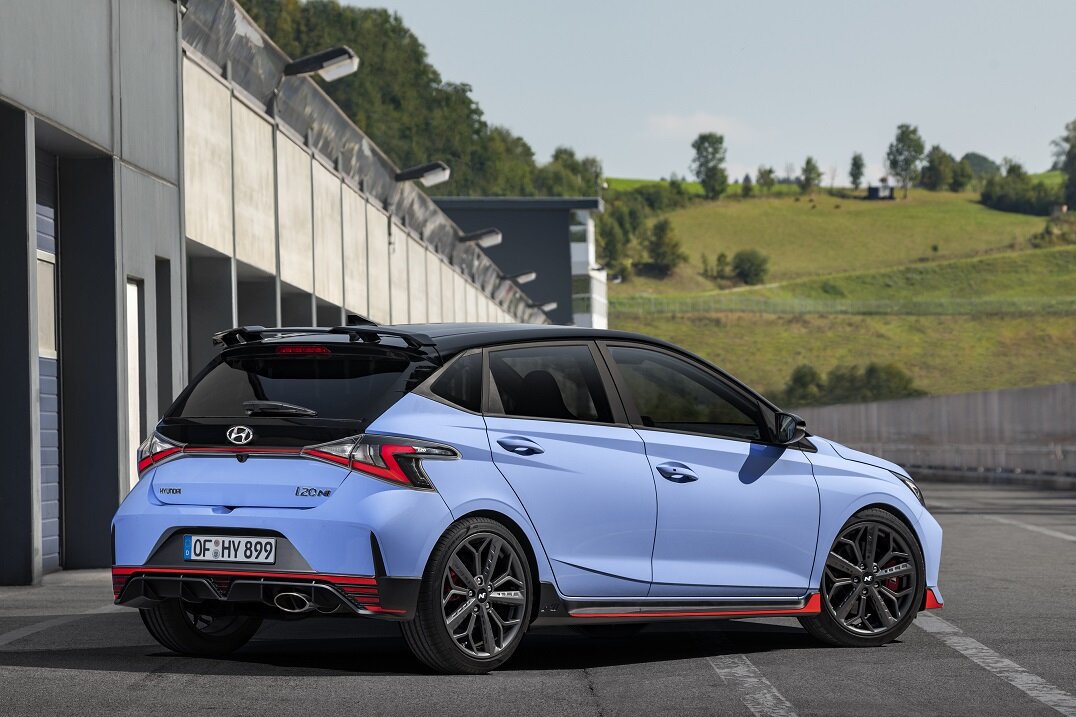Hyundai i20 N hot hatch: Full Unlimited Track Thrash Test Part II
A full-day unlimited-lap thrash test, wet and dry, in the new pre-production prototype Hyundai i20 N. Is it as much fun as i30 N? Can you live with it, day to day? Let's find out…
Okay, so here’s what I want you to know if you’re were actually considering buying the i20 N.
Can you live with it, day to day? Yeah. Absolutely. Is it fun when you get the chance to blow out the cobwebs, legally and safely? Hell yeah.
The track test happened with inclement weather. Happily though, I did get to put in 20 or 30 unexpected laps in the dry, later in the day. And please remember my impressions here are in the context of not running the production tyres and brakes. So, how it feels off the showroom floor could be somewhat different in the production spec.
It won’t be worse, however, because then the whole R&D process would be redundant, and engineers hate that.
There’s a line, near the limit of adhesion, and it separates grip from slip. It’s not actually between ‘in control’ and ‘out of control’ because you can be sliding a car and still be in control - potentially - but that line is definitely there.
In a non-sporty car they try to make it a nice fat line, so that there’s plenty of warning before the car starts sliding. It’s always nice if Nanna manages not to throw the Camry into the scenery on the way home from afternoon tea, right?
In a performance car it tends to be a somewhat narrower line. And in the wet, the outright level of grip diminishes, because water is a lubricant, obviously. But in the wet, the width of the line also shrinks, and it was a pretty narrow line in the wet, on the track, in the i20 N prototype.
What I’m saying is, you have to be on it, mentally, in the wet, because the transition from grip to slip is abrupt. The production tyres might change that. And they might change that a lot. And remember, I’m talking about driving in heavy rain, at the limit, with a layer of water on the road, not just a damp track.
When I talk to a camera on a track, I’m going at about seven out of 10. When I’m assessing the car, I walk it up to the limit, but I don’t actually have sufficient cognitive bandwidth to do both things contemporaneously. Sorry to disappoint.
BUYING A PERFORMANCE CAR?
Hyundai i20 N review, track thrash and buyer's guide >>
BMW M3 Competition Review & Buyer's Guide: Ultimate Sedan Supercar >>
BMW 4 Series: Full Australian Review and Buyer's Guide >>
Kia Stinger review, updates and buyer's guide >>
Hyundai i30 N review & buyer's guide >>
Subaru WRX review & buyer's guide >>
Finally here: Hyundai announces i30 dual-clutch transmission >>
My AutoExpert AFFORDABLE ROADSIDE ASSISTANCE PACKAGE
If you’re sick of paying through the neck for roadside assistance I’ve teamed up with 24/7 to offer AutoExpert readers nationwide roadside assistance from just $69 annually, plus there’s NO JOINING FEE
Full details here >>
A power & handling package
Driving up to the limit is kinda fun, especially in the wet - provided you don’t bend your car. But in the dry it’s very different. The i20 N is so chuckable, it’s hard to throw into the weeds. But remains lots of fun. Overall, this car is fast and punchy, and not intimidating in the manner of an M3, or similar sedan supercar.
During my track test it got quite hot in the afternoon, too, and the tyres and brakes both copped a real, sustained workout. As did the powertrain. And I have nothing but positive feedback to report there. Brake endurance is very good. The car got kinda warm overall, because I was thrashing it - but it didn’t croak in the manner of some Volkswagen or Alfa-Romeo.
And I didn’t have to back off in order to preserve the car (in the same way I didn’t have to dial it back in the i30 N, either). So that’s nice.
Those corners come up pretty quick which means as you go faster and push harder, you increasingly have to learn what your little i20 N can do, where that limit is and focus on your braking points, your turn-in points and become attuned to where you need to apply power. There’s also some engaging elevation changes as well.
So, i20 N is inspired by the Hyundai WRC rally car, which led Hyundai to a 2019 manufacturer championship and a total of 17 wins - so there’s an emerging rally pedigree there. And the N division’s mission was to make a streetworthy example of an i20 that pays homage to WRC success, and slots in below i30 N.
The WRC homage is exactly what Subaru did with WRX, and I think you’d agree, that worked out well.
In the cockpit
I found the seats very supportive, which is rather an important detail on the track, and the overall ergonomics are excellent.
This is not a tiring car to drive hard and fast. N mode is accessible by pushing a button on the steering wheel, which changes the character completely. Invokes the bi-modal exhaust; the rev-matching, etc. (And happily, when you’ve had enough, you can just flick it back into calm mode, just in time to drive peacefully into your street.)
1.6 turbo petrol four with GDI delivers 150kW and 275Nm - which is pretty standard for that engine, but it’s in a rooly small car, so 0-100 is 6.7 seconds, officially, which isn’t that fast, but it’s fast enough for authentic F-U-N.
V-max is 230km/h - good to know, I suppose, if you want to lose your licence 2.3 times. Well done, over-regulated Australia.
For the tech perves out there the 1.6 turbo is intercooled and the turbo itself is water cooled, and the engine has continuously variable valve duration, which is very sexy in a ‘total engine nerd’ context.
It’s a front-drive platform and, happily, they’ve worked out a limited-slip front diff. Not sure if that’s gunna be standard or optional.
The big difference between i30 N and i20 N is in the e-diff which you’ll find on the i30 N (hatch and Fastback). In little brother, the i20 N, it’s mechanical. The primary benefit of the e-diff is it can use a bunch of inputs (like throttle position, speed, steering position and yaw rate) to engage pre-emptively. I can extremely accurately predict what the car’s about to do next. Whereas a mechanical LSD relies on a mechanism like a clutch to be engaged when two driveshafts turn at different rates.
And this means the e-diff can be oddly clairvoyant, in its activation. If this were a gunfight, the e-diff would draw its weapon before the other guy even makes a move. A mechanical LSD is always reacting to wheelslip, so it’s always drawing its weapon after the fact.
Both systems allow you to get on the gas earlier, compared with an open diff, on the way out of a corner. It’s a lot of fun in both cases. But an e-diff is better if they get the R&D right. Hyundai calls both of these slip-limiting devices an ‘N Corner Carving Differential’ (which we’ll come back to).
There’s five driving modes: Normal, Eco, Sport, N and N Custom. You probably won’t be using Eco all that often. N Custom is pretty good, though, because you can tailor its raucousness to suit whether you’re off your meds or not.
Hyundai calls the five drive modes the ‘N Grin Control System’. Along with the ‘N Corner Carving Differential’, it needs to be said, with these frankly absurd names, I that they’re attempting to be fun and exciting. But I’d suggest the execution is emphatically lame, and what they’re actually doing trivialising a technically competent and credible systems. It’s just silly and disrespectful.
And that’s how you know this review is completely independent and transparent, not incentivised by advertising. Everything I’m saying here is authentically what I really think. Nor does Hyundai have any input into my commentary.)
Happily, you can turn the ESC completely off, with options ranging from fully-on and fully-off (self-explanatory), to ‘sport’ which offers somewhat less ESC intervention, but will still step in if you get into serious trouble. The production tyres are special Pirelli P Zero 215/40 R18s with ‘HN’ designation (for ‘Hyundai N’).
The chassis gets a full tweak (from the original i20), with lots of bespoke reinforcement, and there’s a full safety suite. You get onboard performance driving data logging - but no stupid name for that. They just call it a ‘Performance Driving Data System’ - proving they can get this kind of thing right, albeit occasionally.
i20 N weighs just 1190 kilos - which really is more than half the battle if your objective is fun and endurance.
You could be waiting for your new i20 N…
Hyundai says it’ll go on sale before June 30, but with COVID and the chip shortage, whether that’s achievable is really anyone’s guess.
New car stock shortages: Discounting? What should you do? >>
The price is unannounced at time of publication, but look at what the i30 N costs, which is about $7000 more than i30 N-Line Premium. And a non-performance i20 with all the fruit would have to compete with something like a Rio or a Yaris, so it would have to come in at about $25,000. And if turning it into an ‘N’ costs $6000 - because the R&D on a mechanical LSD is less than for an E-diff - I’d be suggesting early $30,000s.
The way this works is Hyundai’s product team here in Australia will probably be aiming for $29,990. The factory would say they’re not magicians and suggest about $35,000 might be roughly what you drive it away for. This is pretty damn compelling on a bang-for-buck basis.
If you’re itching for an i20 N, wait for the local launch and hit me up by click the red button below. My people will talk to your people and then turn the thumbscrews on some local dealer so you don’t have to - which is actually a fairly stress-free way to procure any new car, now that I think about it.
Otherwise, I hope you enjoyed this review half as much as I enjoyed thrashing the i20 N prototype, on your behalf.






